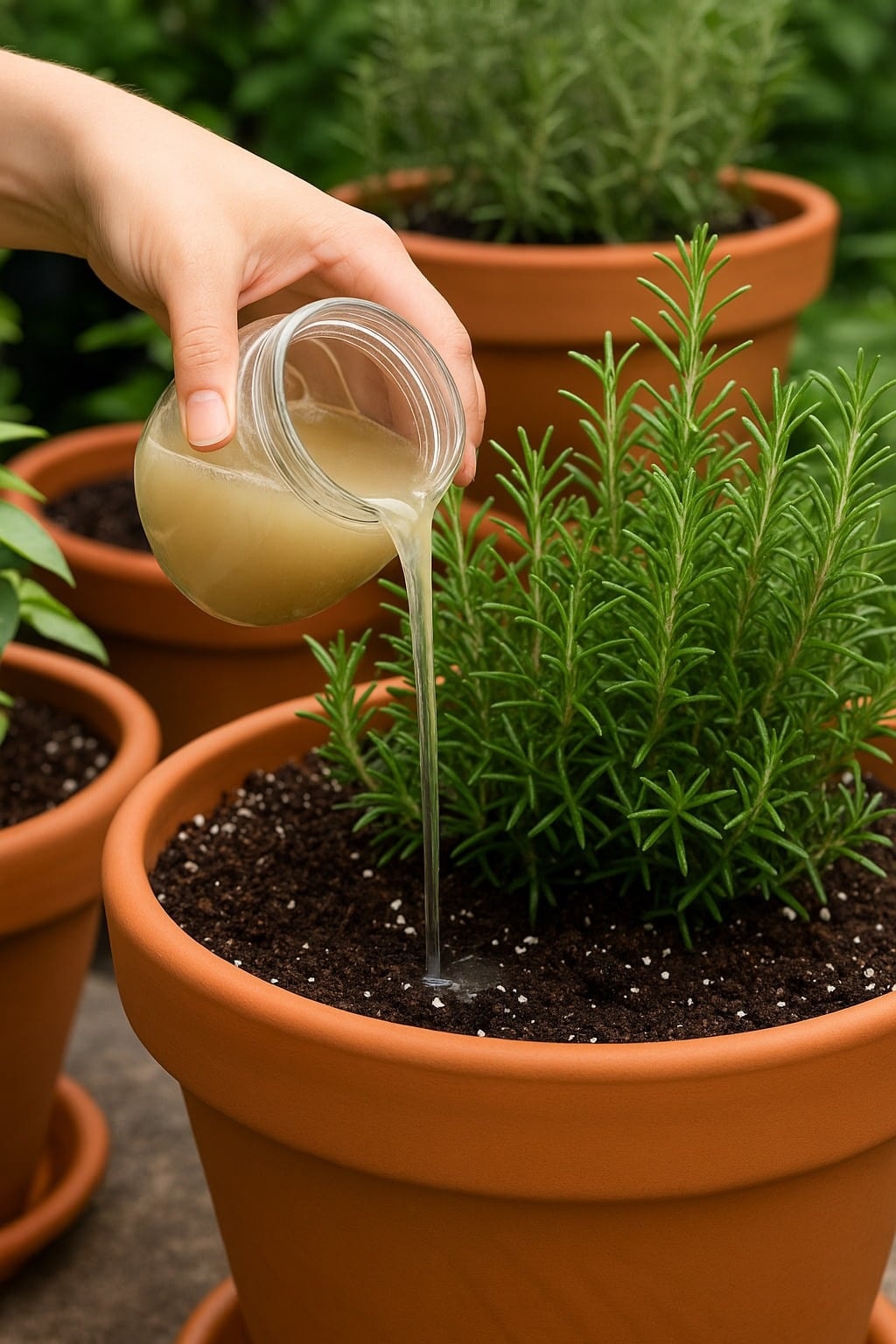Certainly! Here’s a well-written and practical article for the topic:
—
## **5 Key Tips to Have Rosemary That Is Always Thick, Leafy, and Aromatic**
Rosemary is one of the most beloved herbs in any kitchen garden—known for its piney fragrance, robust flavor, and beautiful, evergreen appearance. But if you’ve ever struggled with woody stems, sparse growth, or a plant that just won’t thrive, you’re not alone.
The good news? With a few simple gardening tricks, you can grow **rosemary that’s thick, leafy, and aromatic** year-round. Whether you’re planting it in the ground or a container, these 5 essential tips will transform your rosemary from scraggly to spectacular.
—
### 🌿 1. **Prune Regularly—And the Right Way**
Pruning is the *number one secret* to thick, bushy rosemary. Left untrimmed, the plant becomes woody and sparse. Pruning not only encourages new growth but also improves airflow and helps the plant focus energy on leafy development.
**How to do it:**
* Start trimming once the plant is about 6–8 inches tall.
* Always prune above a leaf node (where two leaves meet the stem).
* Cut no more than 1/3 of the plant at once.
* Prune every 4–6 weeks during the growing season.
✂️ **Pro tip:** Harvest rosemary often! Frequent snipping doubles as pruning.
—
### ☀️ 2. **Give It Full Sun—At Least 6 Hours Daily**
Rosemary loves sunlight. For thick, healthy foliage and strong aroma, your plant needs **a minimum of 6–8 hours of full sun per day**. Without enough light, rosemary becomes leggy and loses its signature fragrance.
**Best placement:**
* South-facing window if indoors
* Sunny patio, balcony, or garden bed if outdoors
If growing indoors, consider using a grow light during darker months.
—
### 🌱 3. **Use Well-Draining Soil (And Don’t Overwater)**
Rosemary naturally thrives in dry, rocky Mediterranean soil. The number one killer of rosemary? **Root rot from poor drainage or overwatering**.
**Soil mix suggestion:**
* 1 part potting soil
* 1 part coarse sand or perlite
* Optional: a handful of crushed eggshells for calcium
Water only when the top inch of soil feels dry. Allow water to drain completely—never let it sit in soggy soil.
—
### 🍃 4. **Feed Lightly—but Wisely**
While rosemary doesn’t need heavy feeding, an occasional dose of nutrients can boost leafy growth and enhance aroma. Use a **balanced, organic fertilizer** or compost tea once a month during spring and summer.
Avoid nitrogen-heavy fertilizers—they can cause fast, weak growth and reduce the essential oil content that gives rosemary its flavor.
—
### 🌬️ 5. **Promote Air Circulation and Stress the Plant (a Little)**
It may sound counterintuitive, but giving rosemary a little environmental stress—like exposure to breezes, temperature changes, or light drought—can **intensify its flavor and aroma**.
Why? Stress triggers the plant to produce more **essential oils**, the compounds responsible for its powerful scent and taste.
If growing indoors:
* Use a small fan for airflow
* Rotate the plant regularly
* Let the soil dry slightly between waterings
For Complete Cooking STEPS Please Head On Over To Next Page Or Open button (>) and don’t forget to SHARE with your Facebook friends
ADVERTISEMENT

